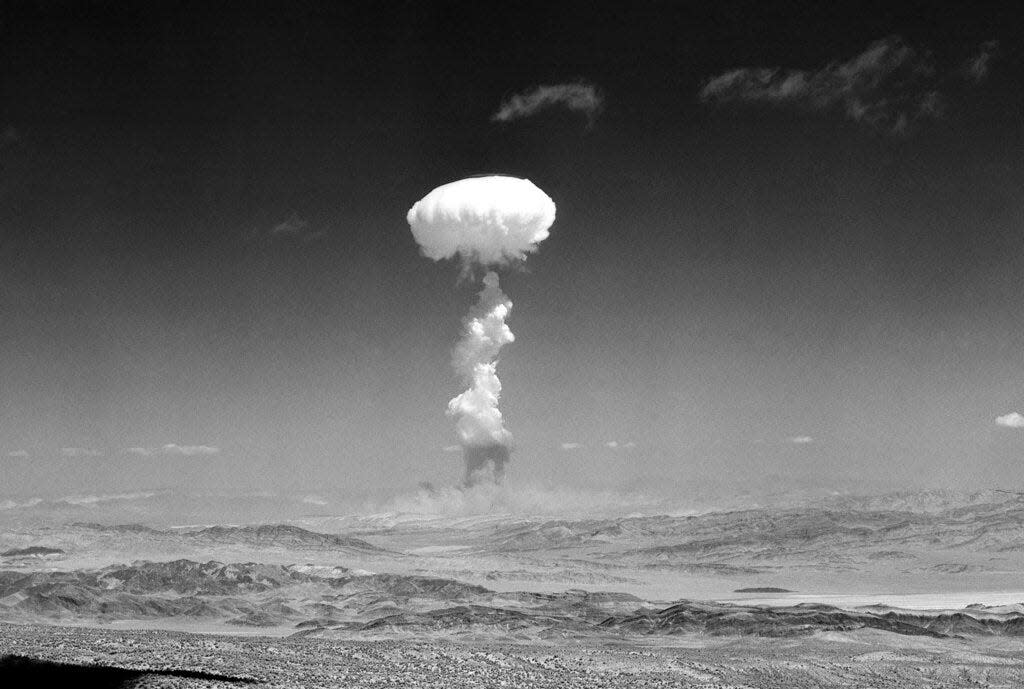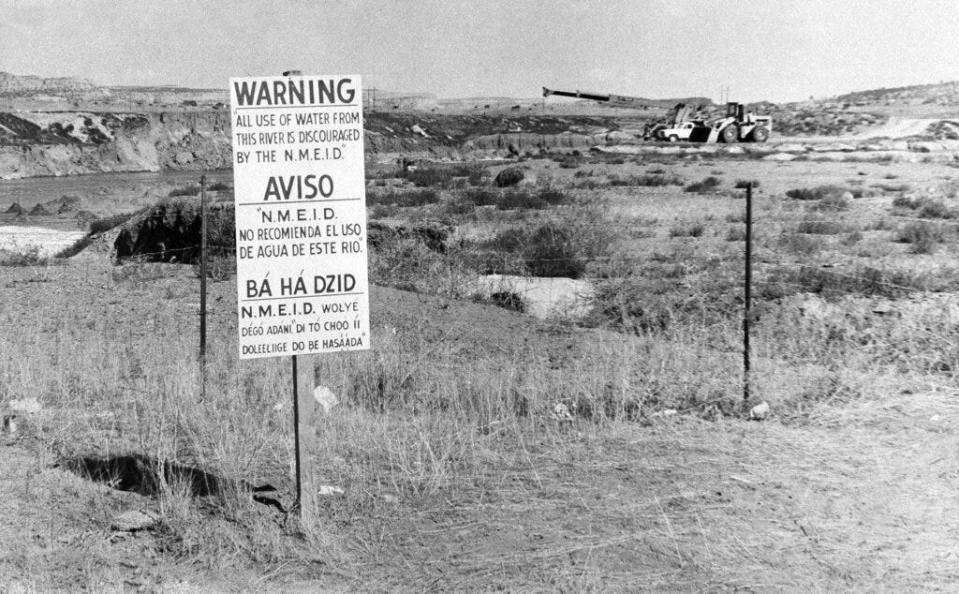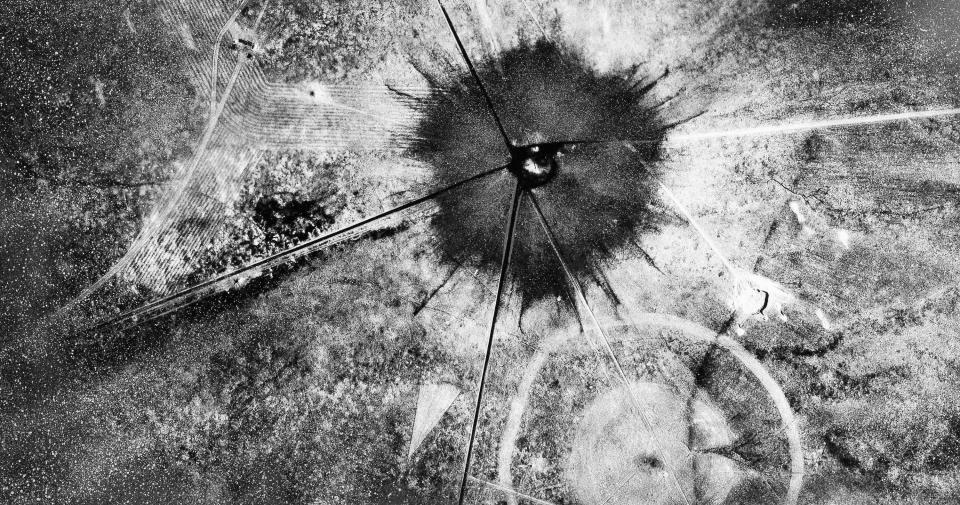US Senate votes to expand radiation-exposure compensation aimed at nuclear 'downwinders'

Southern Utah's thousands of "downwinders" — people whose families suffered high rates of cancer attributed to U.S. nuclear weapons testing in the Nevada desert in the 1950s and '60s — could be eligible for more federal compensation under a proposed expansion to the Radiation Exposure Compensation Act.
The U.S. Senate on Thursday approved a major expansion to the program in passing a massive defense spending bill, proposing to extend health care coverage and compensation to downwinders and extending compensation to former uranium industry workers.
The bill advanced on a 86-11 vote in the Senate, although the RECA expansion is not yet included in a House-approved defense bill.
The hit summer film “Oppenheimer” about the top-secret Manhattan Project and the dawn of the nuclear age during World War II has brought new attention to the decades-long debate over compensation for families who were exposed to fallout and still grapple with related illnesses.
"We're elated with the vote today. We're extremely hopeful," said Mary Martinez White, who recounted that her parents and several siblings were ravaged by cancer after the family's exposure to nuclear fallout at a farm in Carrizozo, New Mexico, about 35 miles (55 kilometers) for the Trinity Site test.
She blames her family's suffering on decisions at the outset of the Cold War — and applauded efforts to make amends through federal compensation by lawmakers, including Democratic Sen. Ben Ray Luján of New Mexico and Republican Sen. Josh Hawley of Missouri.
“I have faith that people who are alive today will right those choices, and quickly, especially when so much is being asked of New Mexico in terms of storage” of radioactive waste and nuclear weapons production, she said.
The Radiation Exposure Compensation Act was first passed in 1990 as an alternative to costly litigation to ensure the federal government met its financial responsibilities to workers who became sick as a result of the radiation hazards of their jobs. Coverage was broadened a decade later.
An estimated 60,000 people were exposed to radioactive fallout in southern Utah during the testing programs that took place at the Nevada Test Site, where nuclear weapons were tested and much of the radiation was sent "downwind" to the east via the prevailing winds.
For years, the federal government has issued money to those affected via the Radiation Exposure Compensation Act, which was set to expire last summer but was extended by for another two years.
Uranium mining on the Navajo Nation

Advocates also have been trying for years to bring awareness to the lingering effects of radiation exposure on the Navajo Nation, where millions of tons of uranium ore were extracted over decades to support U.S. nuclear activities.
“The Navajo Nation has borne the brunt of America’s nuclear program, the cost of which can be measured in human lives, environmental devastation, and communities that are still suffering," President Buu Nygren of the Navajo Nation said Thursday in a statement. "We will not stand by and allow this legacy to be forgotten or dismissed.”
The Senate bill would expand eligibility to more former uranium mining, processing and transportation workers who participated after 1971, the current cutoff date for eligibility.
History of the Radiation Exposure Compensation Act

Since the compensation program began in 1992, more than 54,000 claims have been filed and about $2.6 billion has been awarded for approved claims in Nevada, Utah and Arizona. Coverage would be expanded to New Mexico, Colorado, Idaho, Missouri, Montana and previously excluded areas of Nevada, Utah and Arizona.
Earlier this month, Hawley promised to help people with cancer and other diseases connected to nuclear contamination in the St. Louis, Missouri, region. He cited reports by The Associated Press, The Missouri Independent and the nonprofit newsroom MuckRock that detailed nonchalance and indifference to the risks nuclear waste posed dating back to the 1950s.
St. Louis was part of the national campaign to build a nuclear bomb, with uranium processing that produced harmful waste.
Contributing: The Associated Press.
This article originally appeared on St. George Spectrum & Daily News: Victims of radiation from nuclear weapons testing could get compensation

